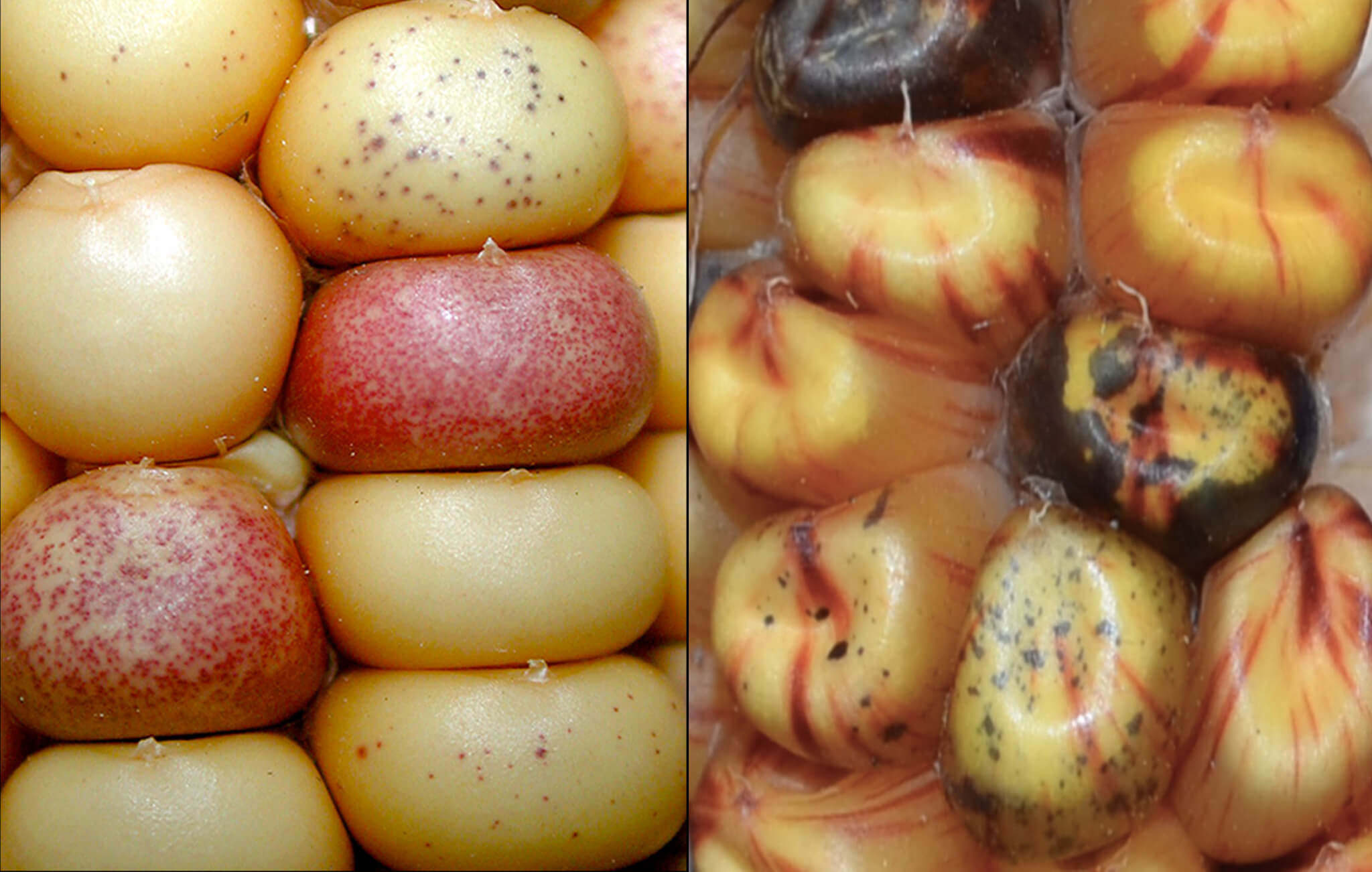A
significant portion of an organism’s DNA is made up of transposons — so-called “jumping genes,” junk DNA or selfish DNA whose sole purpose is to replicate. In doing so, they reinsert themselves into other parts of the genome, much like viruses.
Left unchecked, these parasites would wreak havoc on any person, animal or plant. A variety of human genetic diseases, from hemophilia to cancer, can be caused by transposon insertion into genes.
Luckily, cells generally manage to recognize and then silence these bits of genetic code, but it’s been unclear just how they do so. Now a Purdue University scientist has observed this silencing and describes the process as something similar to an immune system for genomes.
Damon Lisch, an associate professor in the Department of Botany and Plant Pathology, and colleagues from U.C. Berkeley, Baylor, the U.S. Department of Agriculture, Miami University and Iowa State University, published dual papers in the journal Genetics describing three examples of recognition and silencing of transposons.
Normally, single-stranded RNA copies are made from DNA, and this RNA is translated into proteins, which are the building blocks of all life. To jump, transposons also express RNA which is translated into proteins called transposases. Transposases allow the transposon to move from place to place in the genome.

Scientists know quite a bit about how transposons are kept inactive, but very little about how they are recognized in the first place. Lisch and colleagues have found three examples in plants in which transposons become scrambled in the process of jumping.
This scrambled DNA expresses scrambled RNA that can be recognized by the cell as “foreign.” This RNA is chopped up into small fragments, which can be used to identify, target and degrade RNA from normal copies of the transposon. This prevents those transposons from making protein, and thus prevents them from jumping.

Lisch likens the process to how our immune systems respond to antigens.
“Like antigens on the surface of a protein or virus, these small RNAs alert the organism that whatever is making this aberrant RNA needs to be silenced,” Lisch said. “Plants also have a mechanism for memory that can be passed on from one generation to the next, keeping these transposons inactive long after the initial trigger is gone.”
The process can be seen as stopping potential negative consequences, but the opposite can also be true.
“A transposon’s DNA sequence can provide benefits by reprogramming gene expression,” Lisch said. “We can thank these natural genetic engineers for blood oranges, Chardonnay wine, modern corn, and Roma tomatoes. There is an enormous amount of natural and induced variation available when the silencing system breaks down.”
The ‘technology’ of transposon silencing is also used by plants to turn plant genes off and keep them that way, and it can be used by humans to better engineer plants to better cope with environmental stresses.
Conquering the Trail
Purdue Forestry and Natural Resources (FNR) alumnae Rebekah Lumkes and Baleigh Haynes joined an elite group of individuals, completing a 2,192 mile thru-hike of the Appalachian Trail. For one, it was the culmination of a college pipedream. For the other, it offered a much-needed life reset. Here is their story.
Read Full Story >>>Behind the Research: Jason Adams
Jason Adams starts each workday by checking the Indiana Corn and Soybean Innovation Center (ICSC) physical plant and the equipment that researchers have reserved for the day. “I’m an equipment junkie, and Purdue has given me a lot to take care of,” he says.
Read Full Story >>>Graduate researcher makes the most of fungi
Ethan Hillman likens his arrival at Purdue to speed dating. Hillman, who chose the Purdue Interdisciplinary Life Science (PULSe) program for graduate study, rotated through multiple labs, looking to find the right match for the next five years.
Read Full Story >>>Conquering the Trail
Purdue Forestry and Natural Resources (FNR) alumnae Rebekah Lumkes and Baleigh Haynes joined an elite group of individuals, completing a 2,192 mile thru-hike of the Appalachian Trail. For one, it was the culmination of a college pipedream. For the other, it offered a much-needed life reset. Here is their story.
Read Full Story >>>Behind the Research: Jason Adams
Jason Adams starts each workday by checking the Indiana Corn and Soybean Innovation Center (ICSC) physical plant and the equipment that researchers have reserved for the day. “I’m an equipment junkie, and Purdue has given me a lot to take care of,” he says.
Read Full Story >>>Graduate researcher makes the most of fungi
Ethan Hillman likens his arrival at Purdue to speed dating. Hillman, who chose the Purdue Interdisciplinary Life Science (PULSe) program for graduate study, rotated through multiple labs, looking to find the right match for the next five years.
Read Full Story >>>

